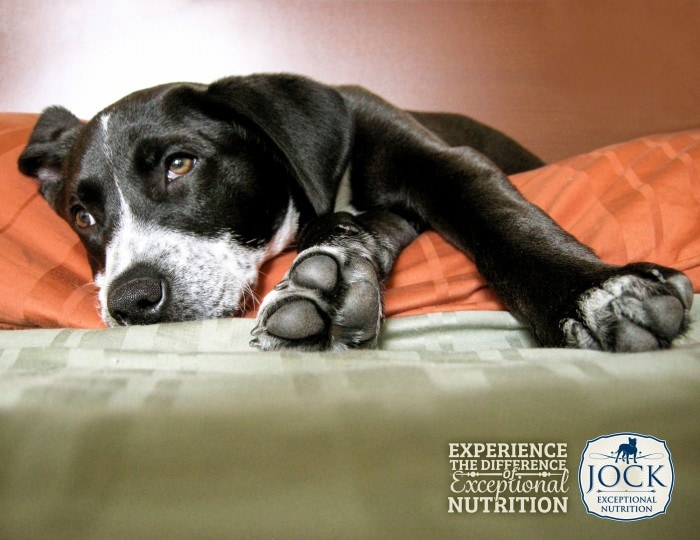With the mercury dropping and winter nipping at our heels, we’re all getting ready to fight the chill. But while we’re piling on the blankets and turning up the heaters, our furry buddies are at our mercy to keep them cosy during the coming cold days. So, we spoke to our expert animal behaviourist, and dog aficionado, Lara Nobre, to bring you some tips on how to warm up winter for your dog.
Know your breed
As a dog owner you should always research your breed to see how well they cope with the cold. Some breeds, like huskies, will have no problem taking on the colder weather, while others are better suited to stay indoors when it’s chilly.
Check your dog’s health
Before winter really sets in, you should make sure that your dog is healthy enough to take on the cold days ahead. This is especially necessary if your dog is a puppy, very old, or has a medical condition.
Dogs that have arthritis won’t deal too well with colder weather, because this can exacerbate the condition. The same goes for dogs that have diabetes, heart disease or kidney disease, as they might have difficulty regulating their body temperature.
A quick trip to the vet before winter really gets going should ensure that your dog is good to go. Be sure to ask for extra supplementation for their condition to help them through the chilly months.
Outside dogs
If your dog is tough as steel and doesn’t have a problem staying outside during winter, you should still check if their kennel is insulated against cold winds and will keep him dry when it rains. The kennel should be placed under shelter (a carport or awning will do) and raised off the ground. It should be big enough for your dog to turn around in, but small enough to retain body heat. For added protection against the elements, face the kennel entrance towards a wall with a gap big enough for your dog to get in and out of.
Remember to do a daily check to ensure your dog’s water bowl or food does not freeze over and if any blankets inside the kennel are wet.
Bring them indoors
If you live in an area with particularly cold or wet winters, let your outside dog move indoors for the season, particularly during single-digit or minus temperatures. This is especially necessary for short-haired dogs, as they lose heat faster than long hair or thick coat varieties.
Don’t forget to let your dog out to do their business and for some daily exercise. If it is too cold for them to play outside, create indoor games that will exercise and stimulate them, like hiding toys and treats around the house and encouraging your dog to find them, playing tug-of-war or tossing around a ball.
House dogs
Dogs who spend majority of their time indoors, might find the cold quite a shock when venturing outside. Keep an eye on them and take them back inside when they start to shiver.
This is also the perfect time to dress them up in some doggy fashions should they need a little extra protection. But keep an eye on them as they might want to remove their clothing themselves and get tangled up in it, which could lead to suffocation.
More good food
As with humans, your dog’s body will use more energy during the cold to keep him warm. So if your dog lives outside during winter or spends a lot of time outdoors in the cold, he will need a little extra in his bowl. Feeding them about 10% more should do the trick, but you can also increase their fat intake slightly.
Dogs who live inside the home will not need to be fed more, as they have no need for the extra energy.
The heater
When the cold sets in dogs love to snuggle up close to the heater or the fireplace. You should ensure that yours has a protective grid to keep them from burning themselves. Please also make sure that they stay a safe distance from the fireplace/heater to prevent overheating.
No trimming
During winter it is best to keep your dog’s fur as thick as possible to help their bodies retain more heat. This means you should not be trimming, shaving or cutting your dogs fur, even if they will be spending winter indoors.
This, however, does not mean you have to stop grooming them. If they need a bath, do it indoors with warm water and ensure they are completely dry before going outside. You should also brush their hair out as usual to keep it from matting.
Remember the shelter dogs
Winter months are especially tough on shelter dogs, because they have no family to look after them and have to make do with a cold concrete floor to sleep on. Show them some warmth this winter by donating any old blankets or towels to your nearest shelter to help keep these dogs warm and cosy too.


